Address
Brockholes Business Park, Rock Mill Road, Brockholes, Holmfirth, HD9 7BN
Work Hours
Monday to Friday:9AM - 5PM
IF IT MATTERS TO YOU, SECURE IT WITH US…
Protecting People And Property
Burton Security believes in the testing and certification of products to independent standards by recognised institutions in the UK & Europe. Our range of doors offer some of the most rigorously tested products available anywhere in the world.
These certifications are your proof that the product has been independently tested to a defined performance criteria and allow you to choose the right product to match your threat level and performance needs.
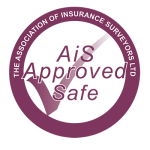

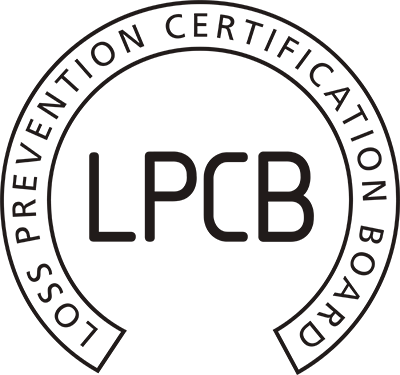
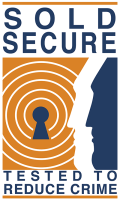
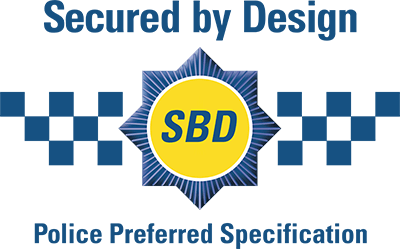

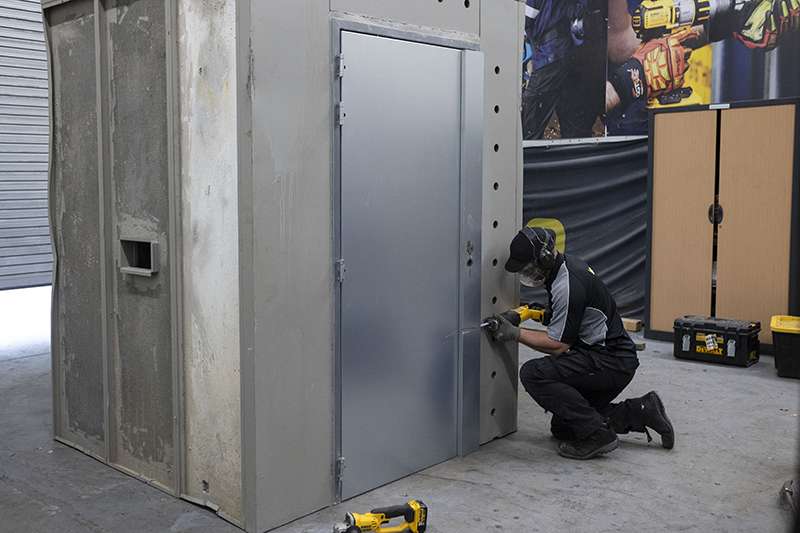
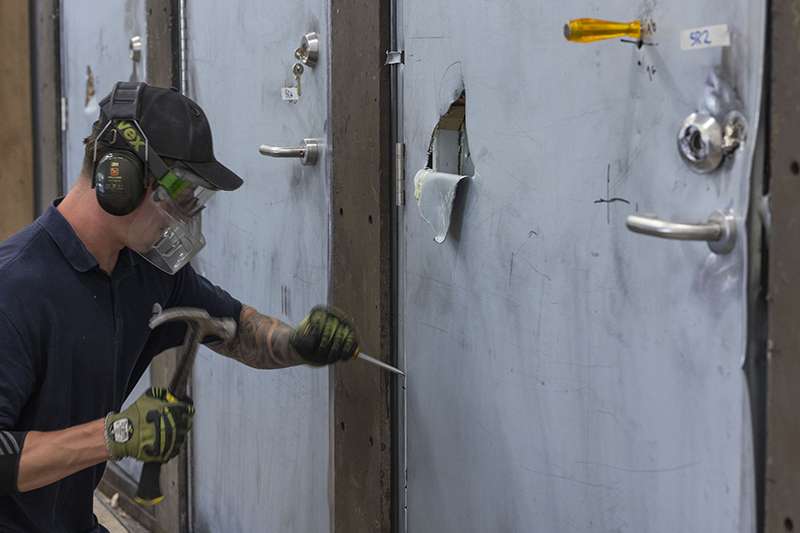
EN1627 A European burglary resistance standard with levels from 1-6 (6 being the highest). Products are physically attacked in order to gain entry. The test team have access to different sets of tools from basic and easily concealed models at the lower levels 1-3, up to large crow bars drills and hammer at level 4 and powered cutters, grinders and rip saws at the higher levels 5-6. Depending on the tools used and the time taken to gain entry a score is given.
LPS1175 A British burglary resistance standard, widely used for both commercial sectors and critical infrastructure. Testing uses different sets of tools which are graded according to a combination of power, effectiveness, ability to obtain, conceal and transport. The tool sets range from A-H (H being the highest). Products are attacked with the chosen tool sets and the time to gain access is recorded. A score is then given which is displayed as a letter A-H for the tool set and a number 1-20 to indicate the time in minutes.
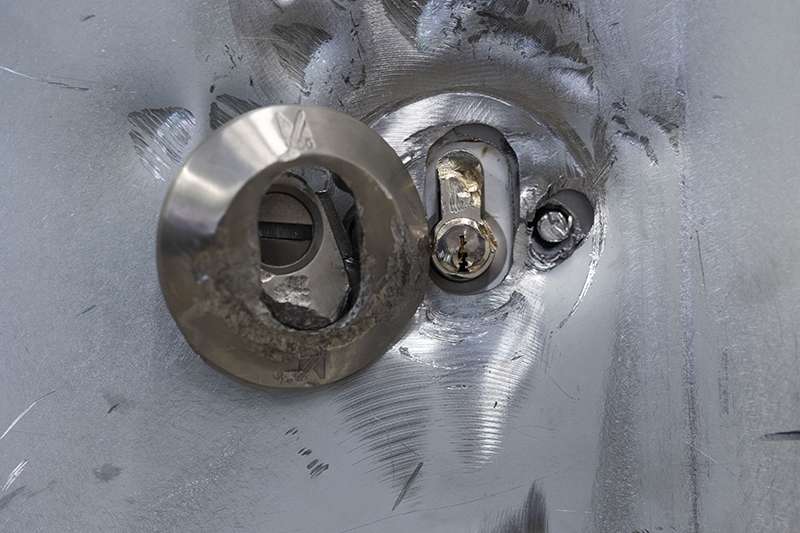
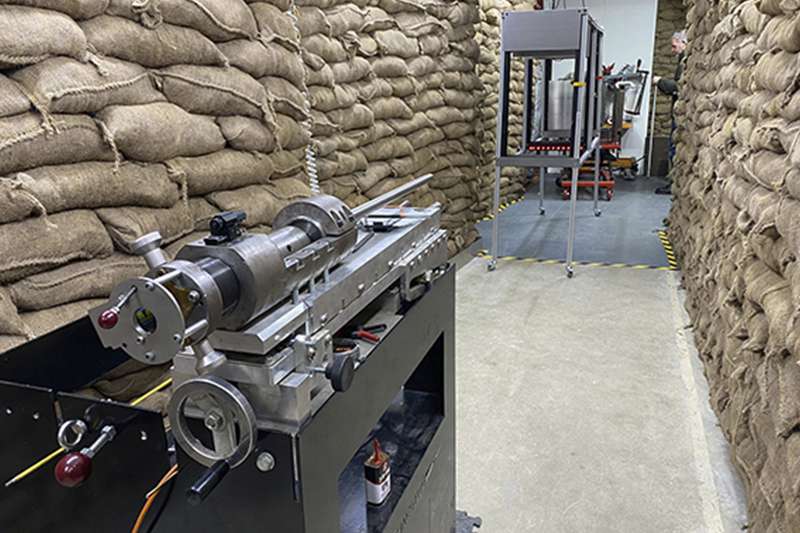
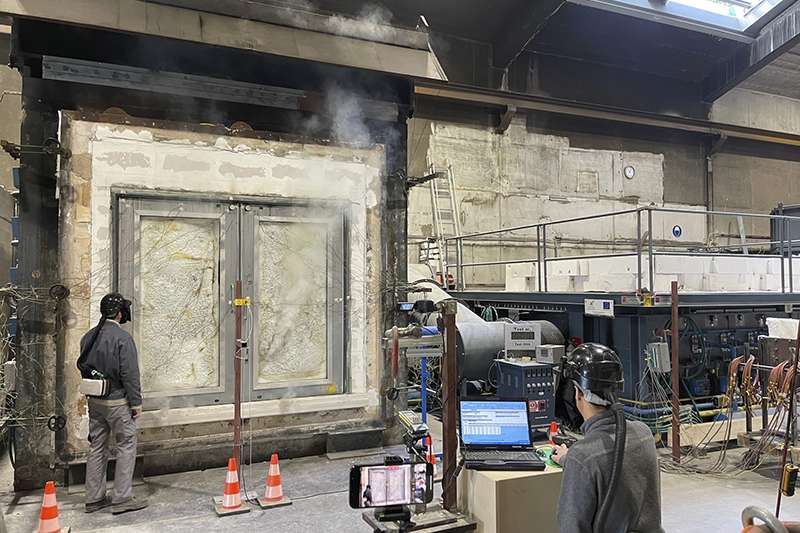
EN1522 A European bullet resistance standard. Products are shot 3 times in close proximity and the bullets must not penetrate the material. There are levels from 1-7 (7 being highest) and an additional NS (no spall) category. Different distances, calibres of ammunition and velocities are used to distinguish the levels and simulate different types of weapons, from handguns to assault rifles.
EN1634-1 A European fire test standard for doors, windows and walls. Products are placed in a furnace and rapidly heated, eventually reaching temperatures of 1000°C. Products are tested for three main resistance values.
• E stands for integrity – ensures that flames cannot pass through the door.
• I stands for insulation – ensures that the temperature rise on the protected side of the door remains minimal.
• W is a measurement of the radiation flow on the protected side of the door. The time is recorded for each of the three elements, and a score is given in 30-minute increments, up to a maximum of 240 minutes.
EN1634-3 Sa, Sm (200°C) An additional test under EN1634 to evaluate the passing of smoke through gaps between the door and frame and the floor. The products are tested against both hot (Sm) and cold (Sa) smoke. For the hot smoke test (Sm), a pressure of 50Pa is applied on one side of the door and smoke up to 200°C is blown against the attack face. The flow of smoke from the attack side to the secure side must not exceed 20m3/h for a single leaf & 30m3/h for a double leaf. For the cold smoke (Sa) the
HCM Curve is an advanced fire test used internationally for tunnels and sites with a high risk of fire & explosion such as petrochemical plants. It is a more rigorous standard than EN1634 and involves heating up doors to 1100°C within 5 minutes and will reach temperatures of 1300°C in 30 minutes.
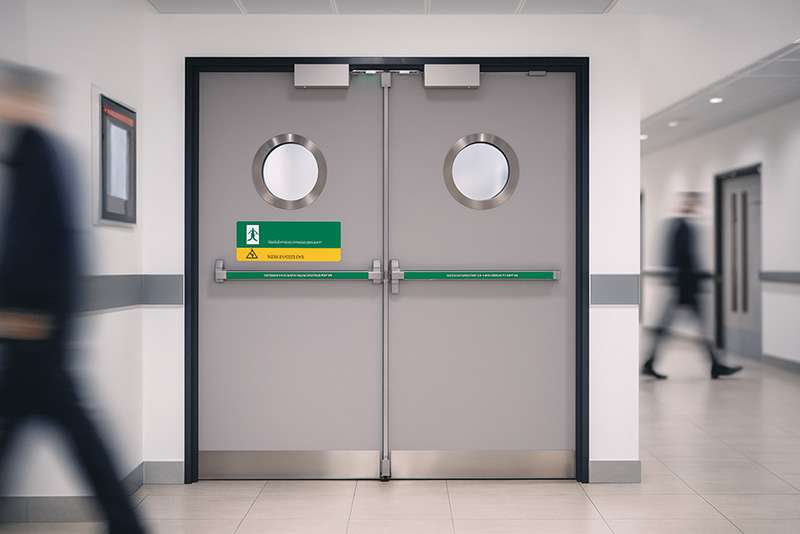
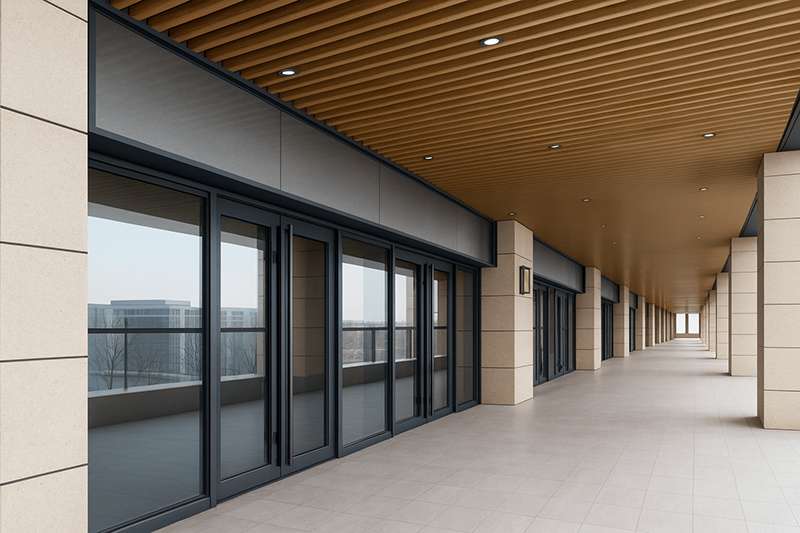
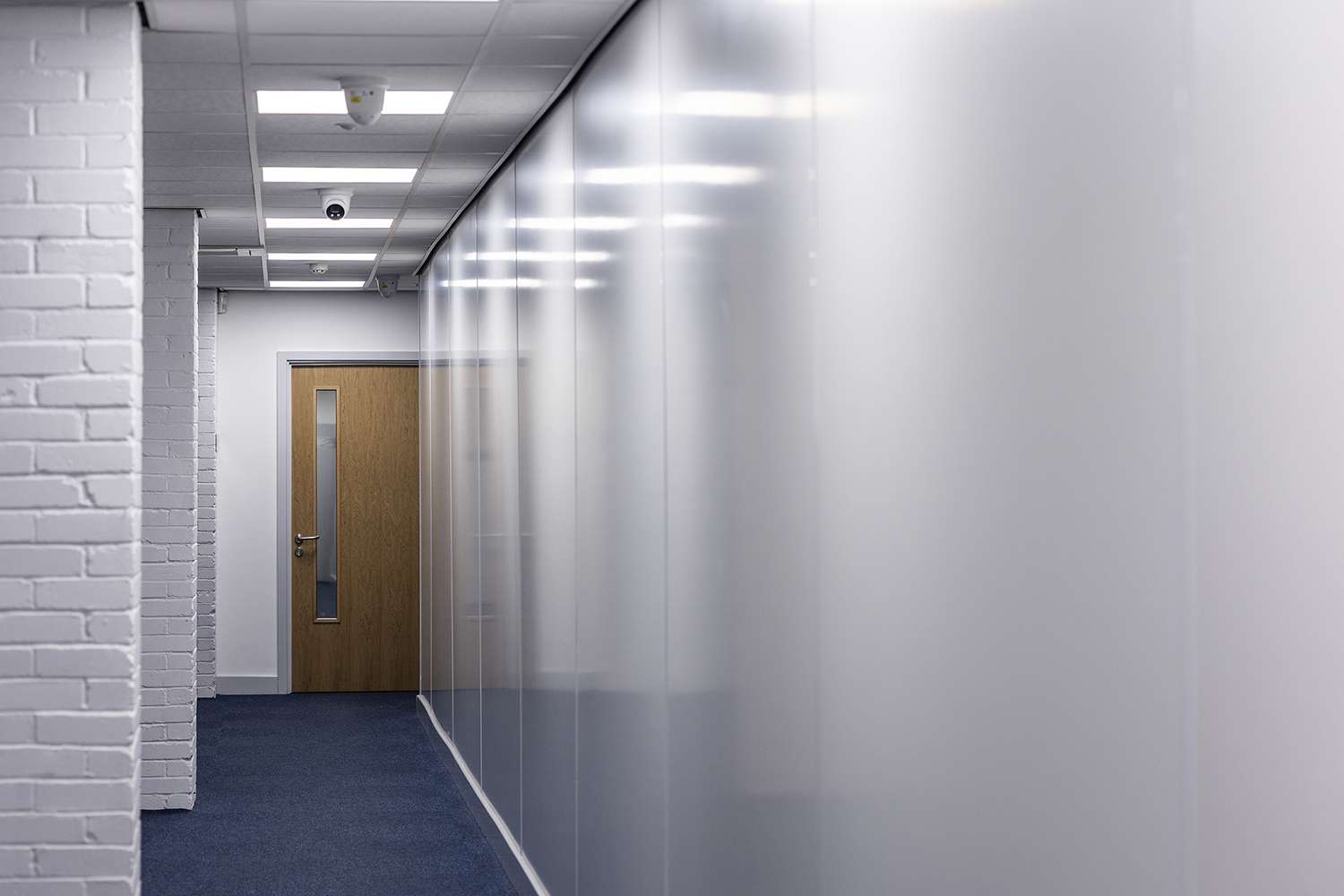
EN ISO 717-1 is an acoustic standard that evaluates the transmission of airborne sound. Doors are placed into a completely soundproof wall. On one side is a speaker playing sound at 90dB (similar to sound in a nightclub) at frequencies from 50Hz-5000Hz. On the other side is a microphone recording the noise level that reaches it. The final Rw value given is based on a smoothed curve at a fixed value of 500Hz.
EN13123-2 & EN13124-2 A European blast resistance standard with 5 levels (5 being the highest). This is an outdoor test for doors and windows used to simulate a typical terrorist style attack with a car or back pack bomb. Different quantities of explosive are discharged between 3kg-20kg at different distances from 3m-5m.
EN12424 A European wind resistance test. Products are subjected to differing wind speeds to test their resistance to different types of weather. There are 6 resistance classes. C5 is the highest level which replicates hurricanes with wind speeds of over 100mph.
EN1027 & EN12208 are water tightness tests to simulate a door’s resistance to different types of weather. There are two categories A&B which spray water at different angles and ratings from 0 (lowest) – 9 (highest).
EN1077-1 & EN1077-2 Are European standards to test thermal insulation. There are 7 ratings. T0 is the lowest >3.5W/m2K and T6 is the highest representing <1.0W/m2k.
EN1191, EN12400 & EN14600 are standards to test of durability of both frequency of use and the automatic closing mechanism (door closer, lock, handles & hinges). Doors are continuously opened and closed from 90° to 0° in 3-5 seconds. EN12400 subjects doors to a defined number of cycles, ranging from 5,000 (F1) to 1,000,000 (F8), and the door and all components must remain fully operational. EN14600 specifically measure the closing mechanisms and rates them from C1 (lowest) to C5 (highest).
BS EN179 & BS EN1125 Is a British & European standard that evaluates the safety and performance of door hardware and locks on emergency exit routes. BS EN179 is required on doors where the occupants are likely to have prior knowledge of the building and the evacuation plans. Here usually a lever handle with a single action to escape is required to operate the door internally. BS EN 1125 is required where there are larger numbers of occupants or, there are members of the general public in the building who may not have prior knowledge of the escape routes. In this case a panic bar is required to exit the door.

